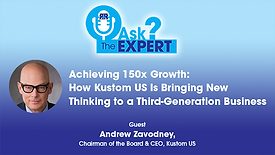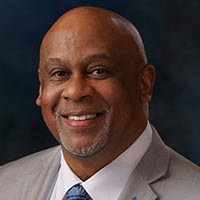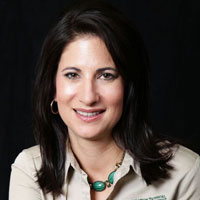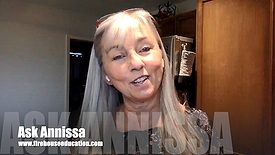Managing Your Restoration Business
What's Next for Restoration? 2022 Trends and Predictions
4 Headwinds Every Restoration Company Should Have on Its Radar
Read More
The Rise of Remote Estimating
4 Reasons to Consider a Third-Party Estimating Company for Your Restoration Business
Read More
When it Comes to Hiring, Nurture Your Silver Medalists
Considerations for Restoration Businesses in a Candidate-Driven Market
Read More
Stay ahead of the curve with our eNewsletters.
Get the latest industry updates tailored your way.
JOIN TODAY!Copyright ©2024. All Rights Reserved BNP Media.
Design, CMS, Hosting & Web Development :: ePublishing



.jpg?height=168&t=1647037120&width=275)













